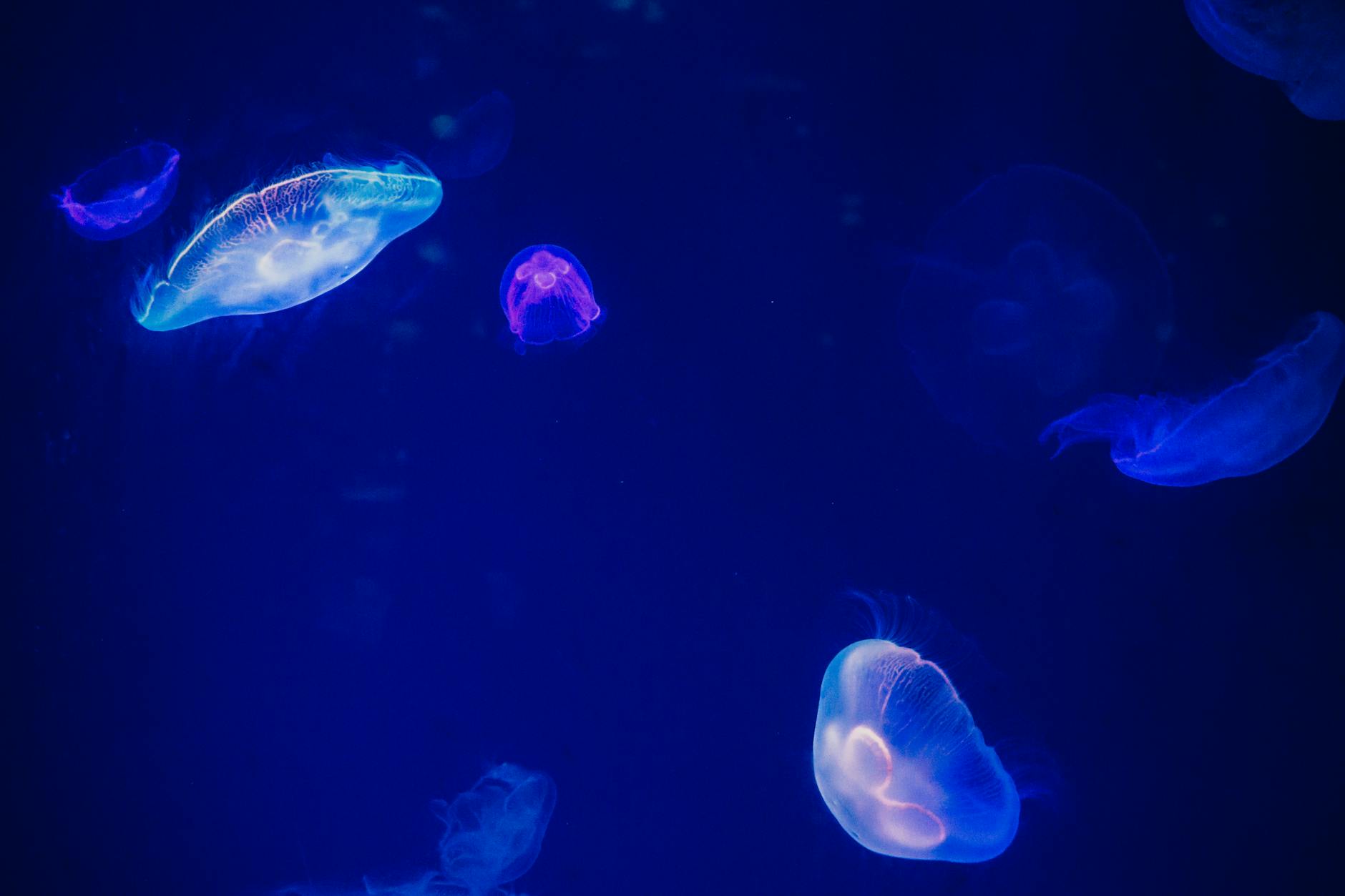The Lightmakers: How Marine Creatures Illuminate the Deep Sea

Exploring the Natural Light Shows Underwater
Bioluminescence is a fascinating phenomenon where living organisms emit light through a chemical reaction. While this occurs in various species, it is particularly prevalent and captivating in marine life.

The Science Behind Bioluminescence
Bioluminescence is the production and emission of light by living organisms, such as certain fungi, insects, fish, and microorganisms. This process involves a light-emitting pigment called luciferin, an enzyme called luciferase, and oxygen. When luciferin reacts with oxygen in the presence of luciferase, light is produced without significant heat, making it an energy-efficient process.
Bioluminescent Marine Life
Many marine species showcase bioluminescence as a form of communication, camouflage, or defense mechanism. Some jellyfish, such as the crystal jelly, glow in the dark to attract prey or deter predators. The infamous anglerfish uses a luminescent lure to attract prey in the dark depths of the ocean. Firefly squid create a stunning light show to communicate and mate in the waters of Japan.
Research and Applications
Scientists are studying bioluminescence for various applications, including medical imaging, environmental monitoring, and even in the development of glow-in-the-dark plants. By understanding the mechanisms behind this natural light production, researchers hope to harness its potential in diverse fields.





